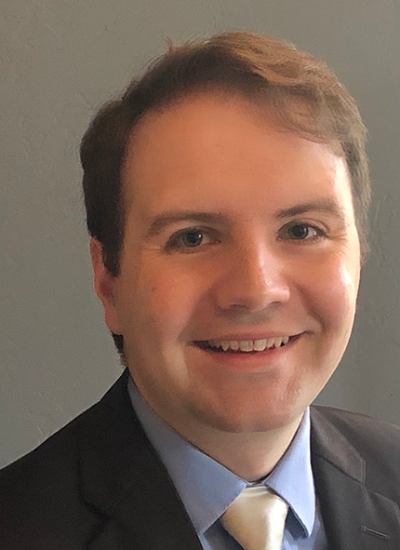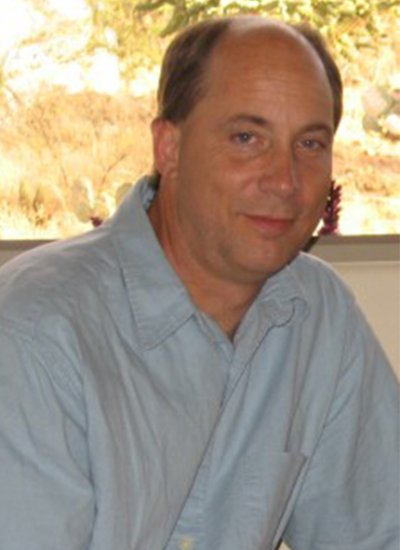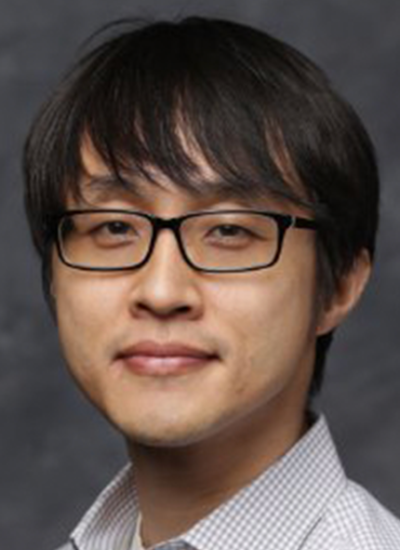Ron Lynch received a B.S. from the University of Miami (1978) with a dual major in Chemistry (Physical) and Biology, and a Ph.D. degree from the University of Cincinnati (1984) in Physiology and Biophysics. Dr. Lynch began training in optical imaging and MR spectroscopy of cardiac metabolism while at the NIH/NHLBI under the direction of Dr. Robert Balaban from 1984-1987. In 1987, Dr. Lynch moved to a staff position in the Biomedical Imaging Group with appointment in the Physiology Department at the University of Massachusetts Medical Center where he was involved in the development of approaches for 3-dimensional imaging including deconvolution and confocal microscopy. Dr. Lynch joined the faculty of the University of Arizona in 1990 with dual appointment in the Departments of Physiology and Pharmacology, and is currently a full professor, and director of the Arizona Research Institute for Biomedical Imaging. In 2000, Dr. Lynch was a visiting scientist at the Laboratory of Functional and Molecular Imaging and the Magnetic Resonance Imaging Center with Dr. Alan Koretsky at the NIH/NINDS. Dr. Lynch is a member of the Biophysical Society, the American Physiological Society and American Diabetes Association, and regularly serves on grant review panels for the JDRF, NIH/NIDDK, and NSF. Research in the Lynch lab focuses on second messenger signaling in vascular smooth muscle cells and nutrient sensing cells (e.g., Pancreatic Beta-cells) with emphasis on alterations in signaling that occur during development of Diabetes. We are developing methods to modify and analyze beta cell mass in order to evaluate the initiation of the pre-diabetic state, and efficacy of its treatment. Analyses of subcellular protein distributions, second messenger signaling, and ligand binding is performed in our lab using state of the art microscopy and analysis approaches which is our second area of expertise. Over the past 3 decades, our lab has been involved in the development of unique microscopic imaging and spectroscopy approaches to study cell and tissue function, as well as screening assays for cell signaling and ligand binding. Keywords: Diabetes, Cancer, Optical Imaging, Targeted Contrast Agents, Metabolism, Biomedical Imaging, Drug Development






